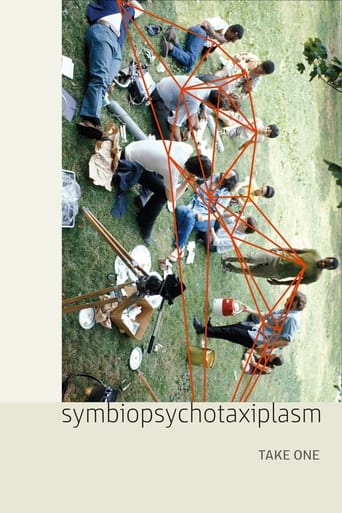


Symbiopsychotaxiplasm: Take One
In Manhattan's Central Park, a film crew directed by William Greaves is shooting a screen test with various pairs of actors. It's a confrontation between a couple: he demands to know what's wrong, she challenges his sexual orientation. Cameras shoot the exchange, and another camera records Greaves and his crew. Sometimes we watch the crew discussing this scene, its language, and the process of making a movie. Is there such a thing as natural language? Are all things related to sex? The camera records distractions - a woman rides horseback past them; a garrulous homeless vet who sleeps in the park chats them up. What's the nature of making a movie?
-
- Cast:
- Patricia Ree Gilbert , Don Fellows , Jonathan Gordon , William Greaves , Susan Anspach , Stevan Larner , Terence Macartney-Filgate


Similar titles
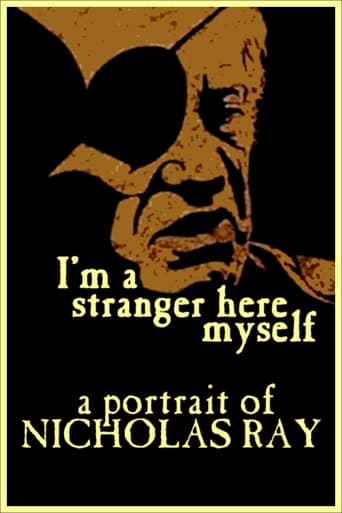
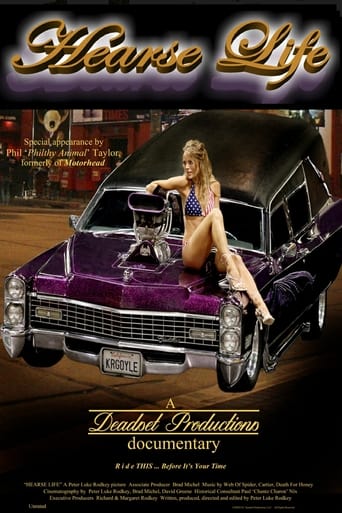
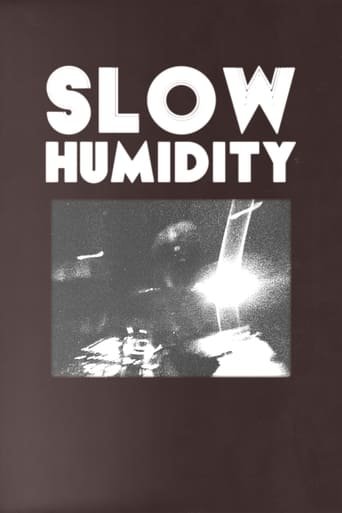

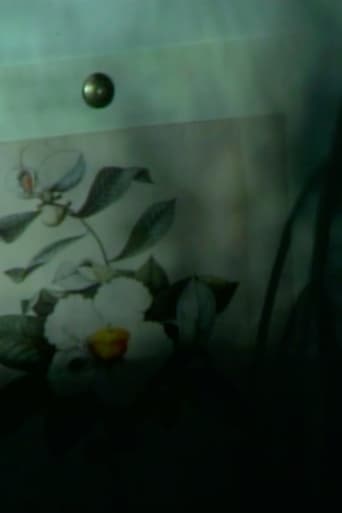

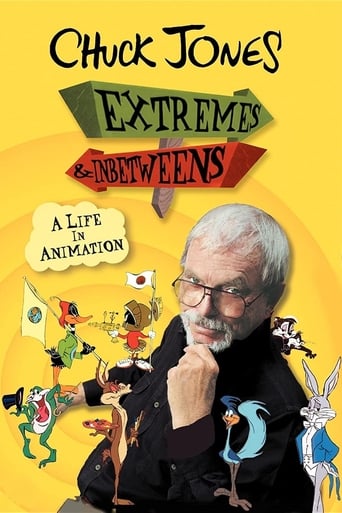
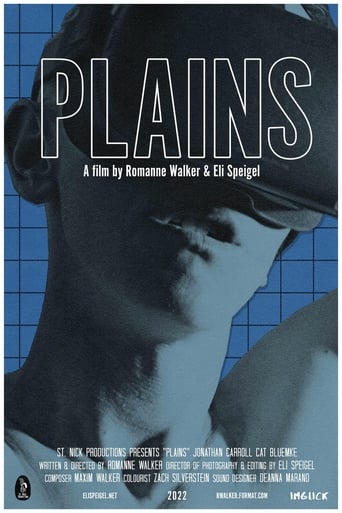
Reviews
To me, this movie is perfection.
As Good As It Gets
Absolutely the worst movie.
It’s not bad or unwatchable but despite the amplitude of the spectacle, the end result is underwhelming.
Symbiopsychotaxiplasm: Take One (1968) *** (out of 4) Incredibly fascinating little gem from director William Greaves works as a feature film but also a documentary. Basically what we have here is Greaves shooting an actual feature dealing with a husband and wife fighting about their life while walking through Central Park. That's the "feature" side of things. While they're shooting this they also have two separate cameras picking up all the drama and action going on in real life. So, the film is one where we get to see the actual feature being shot but also a documentary covering the making of the actual movie. I can't say I had ever heard of this movie before it popped up on Turner Classic Movies but part of what makes being an open-minded film buff so great is that you often come across gems that you might not have had you simply didn't expand in your viewing habits. It's really hard to explain this feature or why it works so well but I found it to be rather fascinating because there are moments where we get a third aspect of the "film" which is when the production crew are gathered in a room where they discuss where the film should go and their opinions on whether or not Greaves is doing a good job directing. These three aspects of a "film" are so interesting that you have to wonder why someone didn't try doing a picture like this a lot earlier and while there are certainly some creaky moments, overall this is a rather genius thing to try and pull off and you really can't help but applaud the director. There are some very funny moments in the behind-the-scenes section including a bit where they're filming and a group of people gather to watch and the director has to explain to them what they're doing and why they need to be quiet so that they don't ruin the scene. There are other moments where the crew fight about how much film is left, there's a sequence with a cop wanting to see some permits and then of course there's the actual film being shot, which contains a couple actors who are very good in their parts. It's also interesting to see the actors playing their parts and coming up with ideas to run past the director. I think what I really pulled away from this movie, unlike any other documentary, is how everyone working on a film thinks they're the most important part. The actors are focused on their job. The director has his job. The crew have their job and everyone is so focused on what they're doing that it's hard to really see what the other person's job is and why it might be just as important. This movie certainly isn't for everyone but those who enjoy movies about making movies should find themselves entertained.
This is a documentary unlike any other. It has so many layers and shows us so much that trying to analyze it all at once is nearly impossible. Documentarian William Greaves shows us the process of film-making from a different perspective. We see the struggles of the actors, the director, the sound crew, and everybody else trying to hang in there and make this film successful. If this was just about a movie being made it would be ordinary. What Greaves does is make it more complex by having a crew film the actors, and then this will be filmed by another crew, only to have another crew film the whole thing. Three cameras, each with a different goal. It has an almost dizzying affect on you but at the same time is exciting. I like the parts where the crew organizes together and discusses what is going on. Even they are somewhat in the dark as to what Greaves is trying to do. Half see this as an experiment while the other half sees it as a chaotic and confusing failure. No matter what side you choose, you can't argue that Greaves doesn't get you involved in this process.
How important is the director, anyway? In this film, made in the politically tumultuous times of the late 60s where questions of social organization were prime conflicts, asks that question by making a movie that turns the camera away from the action and only begs to reveal the director, William Greaves. It is an important work, as it shows like no other movie shows the difficulties in blocking, organizing, and setting the scene; it reveals the role of the crew, something most directors frankly would like to disappear completely and that the invisibility of is essential for suspending disbelief; and it also puts into consideration the role of performance and scripting and how they match/don't match reality and what that has to say about how the director ultimately influences reality (if at all).The documentary, or pseudo-documentary, or fictional narrative (whichever you prefer, via your interpretations of the themes) has its brain in the over-educated, over-intellectual crew, its guts in the lost performers struggling to understand the vague and ambiguous directions, and its heart in the director, who stands in as the desire to portray, to represent, to express without any idea how to do any of those things or why he wants to do it. It's a film that purposefully repeats banalities just to see if they can become more than banalities. It's a film that sometimes shows the multiple shots simultaneously, just to leave the editing to the audience and also reveal how disturbingly different shots change perspective.It's an important work, and something that everyone interested in the industry and process of film-making should watch and understand. It, like many experimental films, has no real mass-audience appeal--it's not for them. It's for the industry, and its for the 60s, asking what to do with a group-effort medium that still relies on a single "voice" and "author".--PolarisDiB
It would be hard to put a numerical rating on this movie, as it is essentially a movie created inside out, with the `action' being performed by the `actors' as the hard nut on the inside, and the more free-flowing production process as the body of the film this process being captured on several 35mm cameras rolling continually -- on the outside. Not to say there is nothing important about the `action,' which centers on an arguing couple in Central Park in fact, there is a certain anarchy of purpose in the two characters' criticism of each other (using pithy, well-worn movie expressions) that mirrors a knowing anarchy in the production loosely watched over by Greaves. The film is open-ended, suggesting that the production process will continue even after the `failure' of more than one pair of actors to claim their roles for themselves. There is something about Symbiopsychotaxiplasm that suggests failure, whether it's the suspicion of the crew that Greaves lacks direction, or the sort of floundering behavior of the actors when they are not reading their lines. But that too is part of Greaves vision. Early on in the film one of the production staff laments Greaves' opacity, saying that the director tends to answer questions with very vague statements that make one wish they hadn't asked the question in the first place. It is this mysteriousness within Greaves (`what is he doing?') that gives the film its skeleton, and makes it much more than simply a Happening in the Park.
